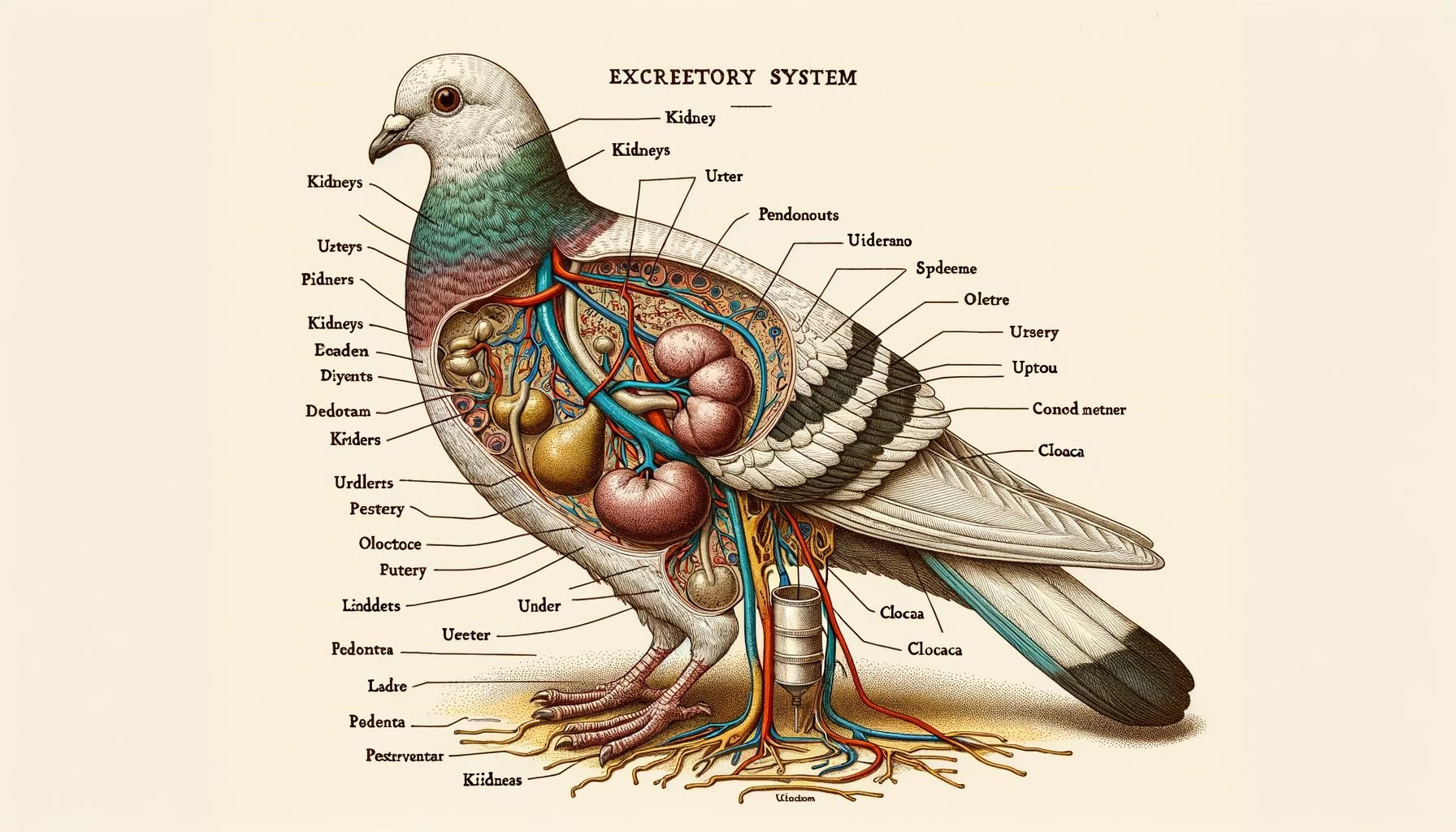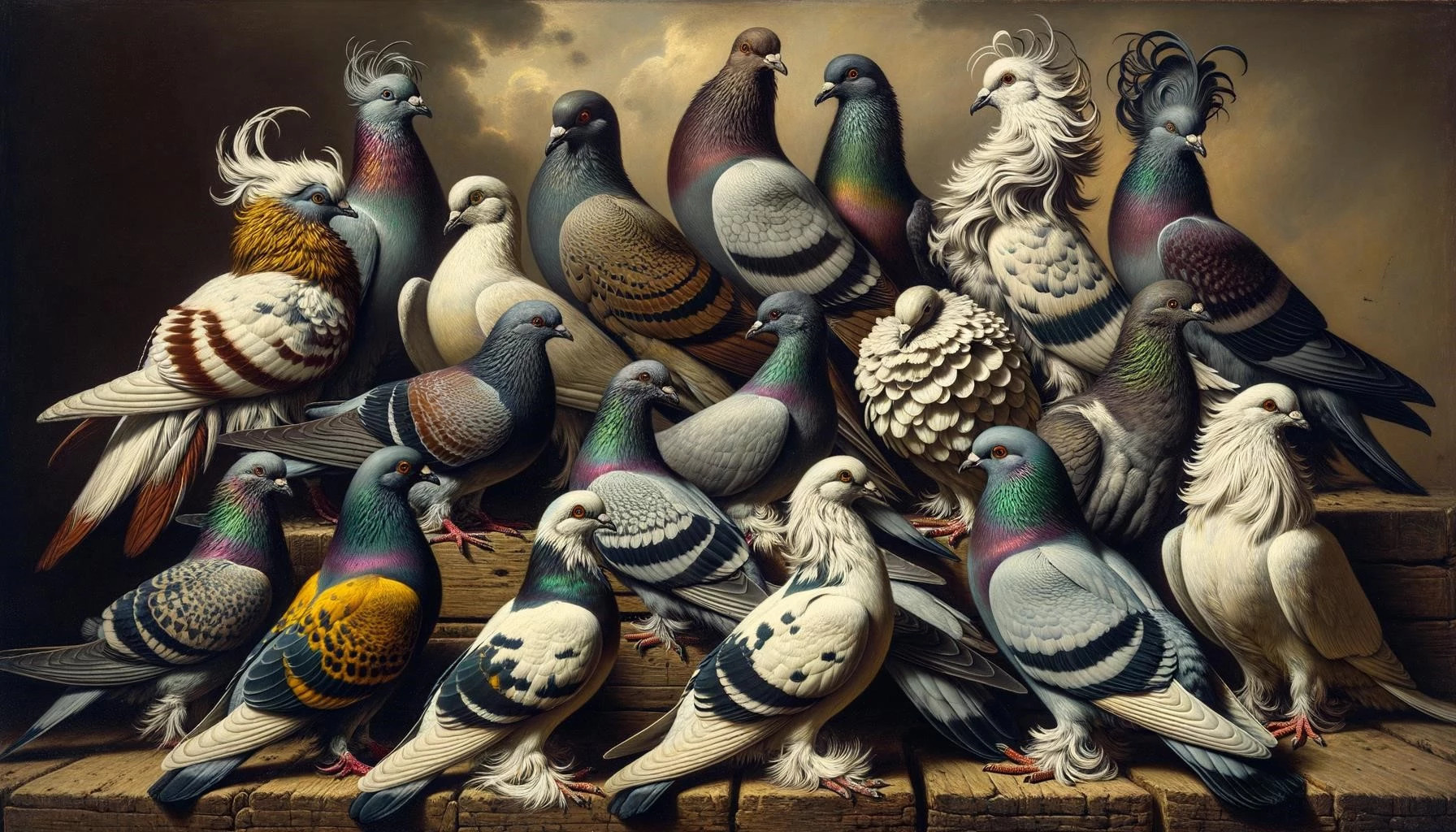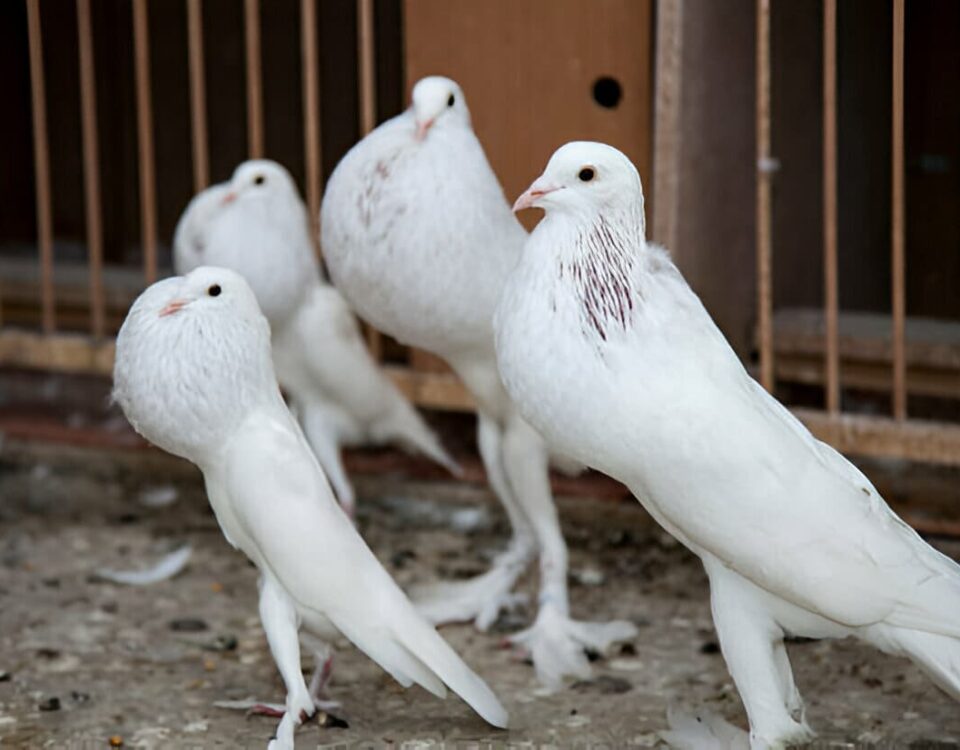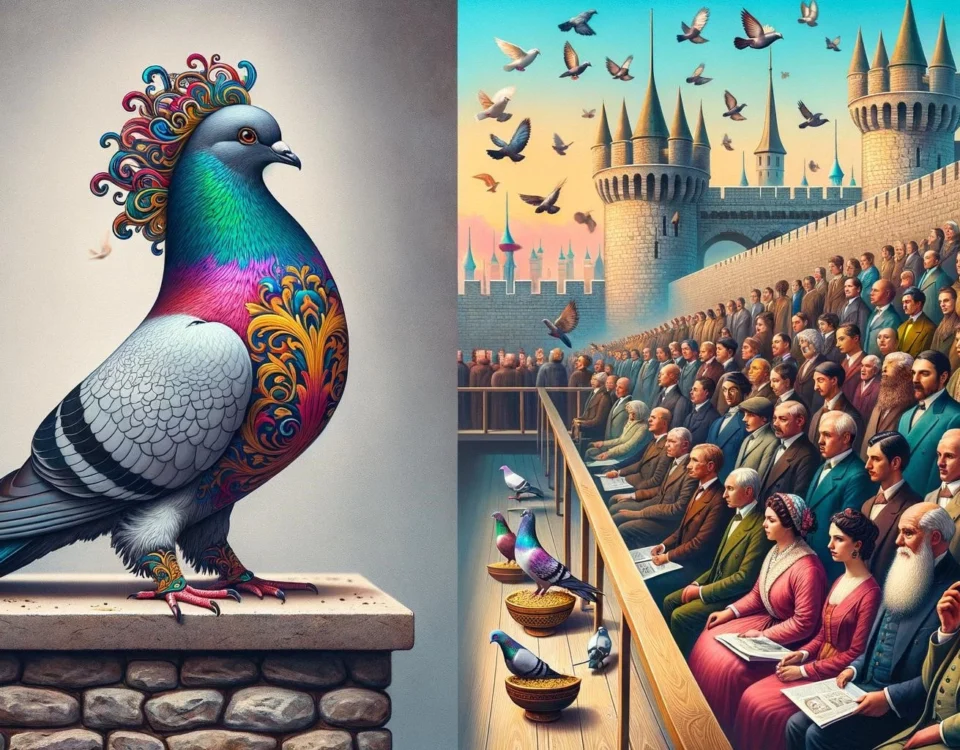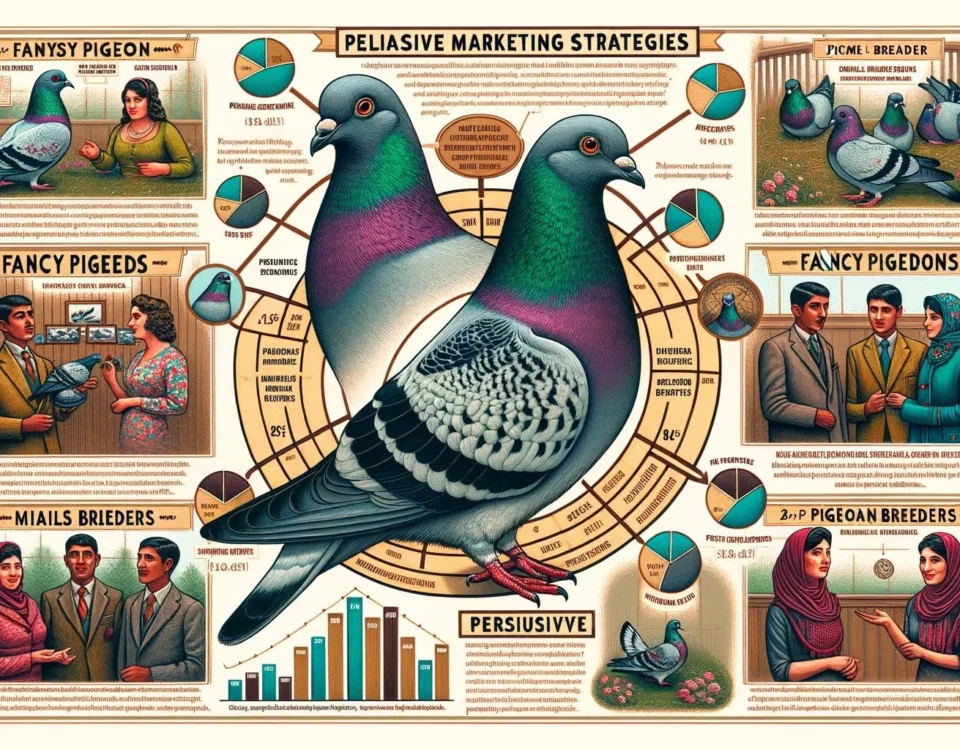Fancy pigeons are a unique and captivating group of domesticated pigeons that have been selectively bred for their ornamental features. These pigeons come in various colors, patterns, feather shapes, and other distinct characteristics that set them apart from their wild counterparts. While their extravagant appearances may seem purely aesthetic, fancy pigeons have also undergone adaptation to thrive in their modified environment. In this article, we will explore the key features of fancy pigeons and how they have adapted to their domesticated lifestyle.
Key Takeaways
- Fancy pigeons are selectively bred domesticated pigeons known for their ornamental features.
- They have undergone adaptation in terms of physical attributes, behavior, and survival skills to thrive in their domesticated environment.
- Fancy pigeons have adapted to captivity by developing unique feather patterns, colors, wing shapes, and other distinct traits.
- They have also adjusted their behavior to adapt to their new living conditions and interact with humans effectively.
- The process of breeding and selection has led to the diversification of fancy pigeon breeds, each with its specific adaptations and characteristics.
Physical Adaptations of Fancy Pigeons
Fancy pigeons exhibit a wide range of physical adaptations that set them apart from their wild counterparts. Through selective breeding, breeders have emphasized and enhanced certain traits, resulting in the diverse appearances seen in fancy pigeons today. Some of the notable physical adaptations include:
- Feather Patterns and Colors: Fancy pigeons often have intricate and eye-catching feather patterns and colors. These unique patterns can vary from speckled and spotted to laced or even solid colors. These adaptations not only enhance their beauty but also serve as valuable identification markers within their particular breed.
- Wing Shapes: Some fancy pigeon breeds have distinctive wing shapes, such as fan-shaped wings or wings that droop down. These wing adaptations can affect their flight capabilities and maneuverability.
- Head and Beak Variations: Fancy pigeons can have modified head shapes, including crests or hoods. Their beaks may also be altered, resulting in various shapes and sizes depending on the breed.
- Legs and Feet: The leg and foot structures of fancy pigeons can vary significantly. Some breeds have feathered feet, while others have distinct leg feathering or toe feathering.
These physical adaptations in fancy pigeons not only provide them with a unique and captivating appearance but also showcase the extent to which they have been selectively bred and adapted for domestication.
Behavioral Adaptations of Fancy Pigeons
In addition to physical adaptations, fancy pigeons have also undergone behavioral modifications that enhance their compatibility with their domesticated lifestyle and human interaction. Some notable behavioral adaptations include:
- Tolerance to Humans: Fancy pigeons are generally more tolerant of human presence compared to their wild counterparts. They have been selectively bred to be less skittish and more comfortable in close proximity to humans. This adaptation allows fanciers to handle and interact with their pigeons without causing excessive stress.
- Homing Instinct: Some fancy pigeon breeds retain the homing instinct found in their wild pigeon ancestors. This instinct allows them to navigate and return to their designated lofts or homes after being released for flights or shows.
- Display and Courtship Behavior: Fancy pigeons often exhibit distinctive courtship behaviors during breeding season, including high-stepping walks, bowing, cooing, and fluffing up their feathers. These behaviors have been selectively bred and have become a defining characteristic of certain fancy pigeon breeds.
- Tolerance to Captivity: Fancy pigeons have developed an increased tolerance to captive conditions, which play a significant role in their successful adaptation to domestication. They have adjusted to life in enclosed spaces such as lofts or aviaries, relying on human care for their survival.
These behavioral adaptations make fancy pigeons more suitable for human interaction and have played a crucial role in their domestication process.
The Role of Breeding and Selection in Adaptation
The adaptation of fancy pigeons is primarily driven by generations of selective breeding and careful selection of desirable traits. Fancy pigeon breeders have focused on specific characteristics, such as feather patterns, colors, wing shapes, head shapes, and behavioral traits, to create distinct breeds with their own adaptations. This continuous process of breeding and selection has led to the diversification of fancy pigeon breeds, each with its specific adaptations and characteristics.
The art of breeding fancy pigeons involves meticulous record-keeping, knowledge of genetic inheritance patterns, and a deep understanding of the breed standards. Breeders aim to produce offspring that adhere to specific standards and possess the desired traits of their chosen breed. This process ensures the perpetuation and refinement of the various adaptations found in fancy pigeons.
In conclusion, fancy pigeons are the result of human-driven selection and breeding processes, resulting in unique physical and behavioral adaptations. Through generations of selective breeding, fanciers have created an incredible variety of pigeon breeds with captivating appearances and characteristics. These adaptations not only serve as a testament to the human fascination with avian beauty but also highlight the remarkable ability of pigeons to adapt to new environments and thrive in human care.


